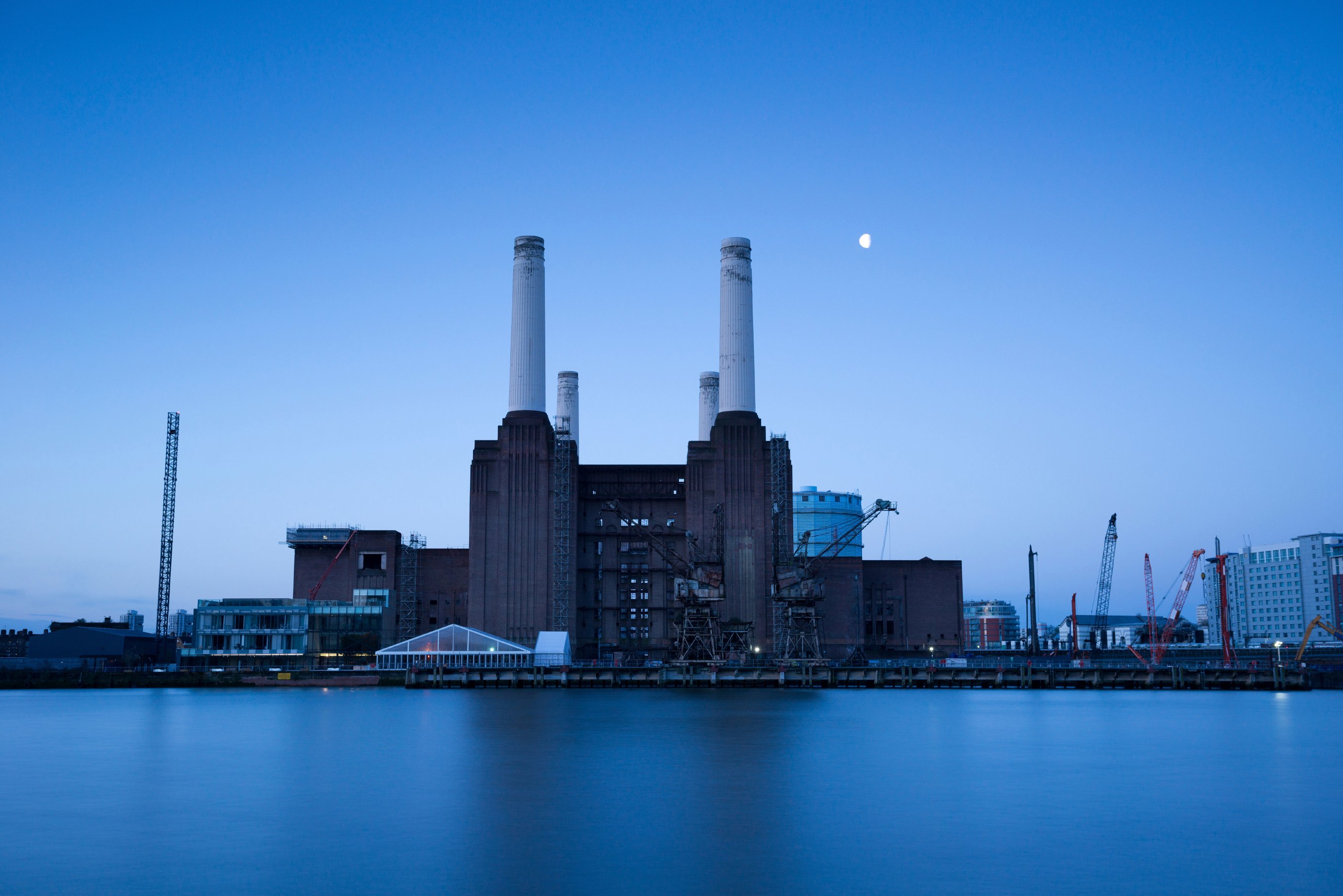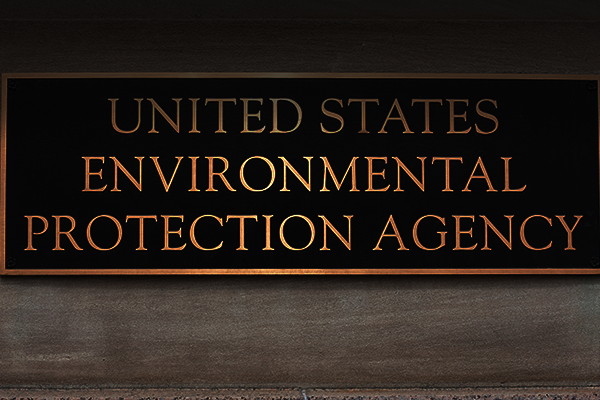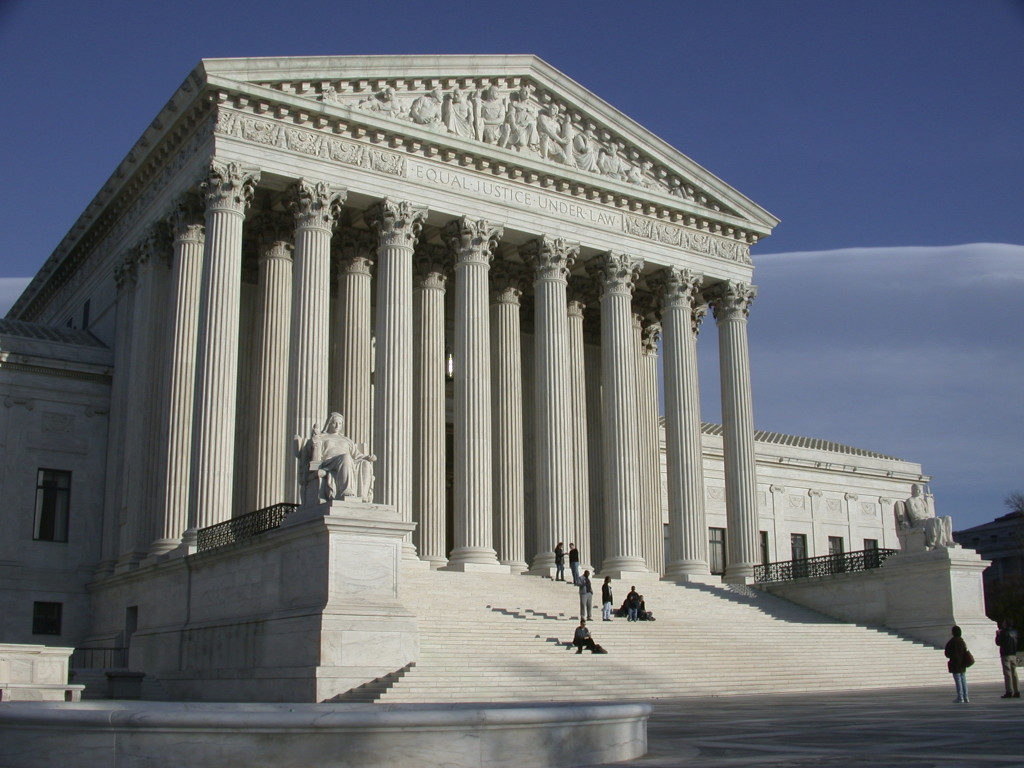10 Reasons States Should Just Say No to EPA’s Power Grab

Since the EPA announced its regulation of carbon dioxide emissions from power plants, what EPA euphemistically calls the “Clean Power Plan,” states across the country have been working tirelessly to assess their options. Many have found they are in a lose-lose situation. No matter what they do, their state will be drastically impacted. Recently, Majority Leader McConnell wrote an op-ed and then a letter to all 50 Governors urging them to think twice about acquiescing to EPA’s overly burdensome mandates.
The states appear to be listening. As of now, twenty states have passed or are considering some legislation pushing back on the EPA’s proposed rule. Several of these efforts involve binding legislation requiring legislative approval and Attorney General review of any State Implementation Plan (SIP) while many others impose limitations and reports studying the detrimental impact of the proposed regulation. Fourteen states have joined the lawsuit challenging the EPA’s authority to promulgate the rule, which is being heard this Thursday in the DC Circuit Court of Appeals. Finally, thirteen governors have written the EPA explaining that the agency’s proposed action exceeds federal authority and puts state compliance in question.
Many states are still weighing their options until the final rule is released later this year. Here are 10 reasons why the states should heed Sen. McConnell’s advice to resist EPA’s power grab:
1. The rule is extremely costly for the American people, particularly those on fixed incomes – The EPA severely underestimates how much this regulation will cost the economy and the American people. Even the non-partisan Government Accountability Office criticized their analysis. Two independent analyses point to significant costs. A study done by NERA Economic Consulting found the rule would cost at least $366 billion by 2031 and residents of 43 states would see annual double-digit electricity bill increases. A second study by Energy Venture Analysis found that combined electric and natural gas bills would rise by $680 annually per family.
2. While the rule comes at great cost, it accomplishes very little in environmental or health benefits – The stated purpose of this regulation is to tackle climate change, yet the EPA did not even attempt to measure the climate benefits of the rule. This is probably because EPA’s own models show the rule does almost nothing to address climate change: it limits global warming by just 0.02 degrees and lowers sea level rise by just 0.01 inch. The administration also claims the rule will improve public health, particularly focusing on kids’ asthma. This conveniently ignores the fact that carbon dioxide emissions have nothing to do with asthma. It also conveniently ignores that while conventional pollutants have steadily decreased over the past several decades, asthma levels have continued to rise, leaving some to question how these two could possibly be related. As a USA Today piece recently suggested, perhaps the President should be more concerned about the impact of his smoking on his daughter’s asthma than climate change.
3. EPA wants a federal takeover of the electricity system – Under the guise of state flexibility, the EPA regulatory scheme would make fundamental and irreversible changes to our electricity system that will centralize power in Washington and drive up electricity rates. This unprecedented rulemaking discards the principles of cooperative federalism, relegating states to the role of “marionettes dancing to the tune of a federal puppeteer,” as liberal law professor Lawrence Tribe has testified.
4. EPA is offloading responsibility for this takeover on the states –Not only is EPA centralizing power, but the agency is also trying to get states to put their stamp of approval on it. States should reject EPA’s demands: the regulatory framework is intentionally designed to get states to take the lead so the EPA’s hands do not get as dirty. Under this approach EPA does not want to be held accountable for the coming disastrous outcomes. This is similar to Obamacare, where the feds wanted states to set up their own health insurance exchanges so they would own some of the fallout for the failure. As Chief Justice John Roberts noted in his opinion on Obamacare, if states believe the feds are usurping their authority they have a responsibility to resist: “In the typical case we look to the States to defend their prerogatives by adopting ‘the simple expedient of not yielding’ to the federal blandishments when they do not want to embrace the federal policies as their own. The States are separate and independent sovereigns. Sometimes they have to act like it.”
5. States that enforce these mandates are ceding authority to the EPA – EPA is attempting to expand its authority under the Clean Air Act using this regulation. If successful at using this framework to take over the electricity system, EPA will be empowered to use it to go after other sectors of the economy (i.e. refiners, manufacturing). States that cede their authority are helping EPA establish a precedent that will be used again down the road to force states to cede even more sovereignty to federal bureaucrats. Once the feds takeover, they rarely ever return authority to the states.
6. The emissions targets are widely viewed to be unfeasible – In addition, the targets EPA has laid out for the states are widely seen as unfeasible, if not impossible, to meet. The power plant efficiency number of 6% is widely considered undoable. Since power plant operators have been so effective at boosting plant efficiency, experts suggest 2% is the most that is still possible. There are also questions about whether it is possible to force natural gas plants to operate at 70% when the national average in 2012 stood at 46%. Lastly, an annual 1.5% demand reduction could be widely off if energy use does not decrease, but rather goes up, as the Energy Information Administration predicts. All considered, there is reasonable fear that meeting these targets is impossible and could potentially threaten the reliability of the grid, or at the very least severely strain it.
7. The EPA does not have the resources to administer a multi-state plan – If the targets are seen as impossible, then a state should not harm their citizens by trying to comply with unreasonable mandates. Instead, states should call the EPA’s bluff and refuse to cede their authority or do the EPA’s bidding. If the EPA wants to do this, then EPA should own the consequences. If multiple states just say no, the limited resources at the EPA would be overwhelmed trying to administer the program.
8. State resistance would severely slow down implementation – Additionally, state rejection of this regulatory framework would severely slow down implementation. EPA’s lack of resources will make it difficult for the agency to meet deadlines, especially if they have to develop and implement multiple state plans. This gives the legal process more time to play out, increasing the likelihood that the Supreme Court could invalidate EPA’s rule before it is fully implemented. Even Professor Tribe has said EPA’s rule amounts to “burning the Constitution.”
9. State rejection of this rule will help build public support for reform – A serious effort by state leaders to fight back against this unconstitutional regulation would significantly help build public support for needed reforms at the Federal level. Survey work done last summer by AEA showed that public support for the proposed rule dropped significantly when individuals were informed about the negligible environmental benefits and the high economic cost of the rule.
10. Federal elected officials and State elected officials should work together to protect prosperity – Some have argued that McConnell should refrain from engaging the states on this issue. That is a ridiculous argument. The American people are well served when state leaders and federal leaders work together to protect their interest, especially in this case. Governors and state lawmakers should be working with Congressional leaders to fight this federal takeover.
Despite complaints from anti-energy interests on the left, Majority Leader McConnell is taking responsible action. While the Democrats controlled the House and the Senate, Congress rejected cap-and-trade legislation because of public outcry of the costs on consumers. Not content to let the will of the people stand, the Obama administration is attempting a legally dubious end run around Congress. Given all of this the Majority Leader has every reason to be involved. He is not alone in this fight. Recently, a coalition of over 30 groups from around the country wrote a letter to McConnell applauding him for his efforts. It’s time for state leaders to heed his advice and reject the EPA’s unprecedented assault on American families.




